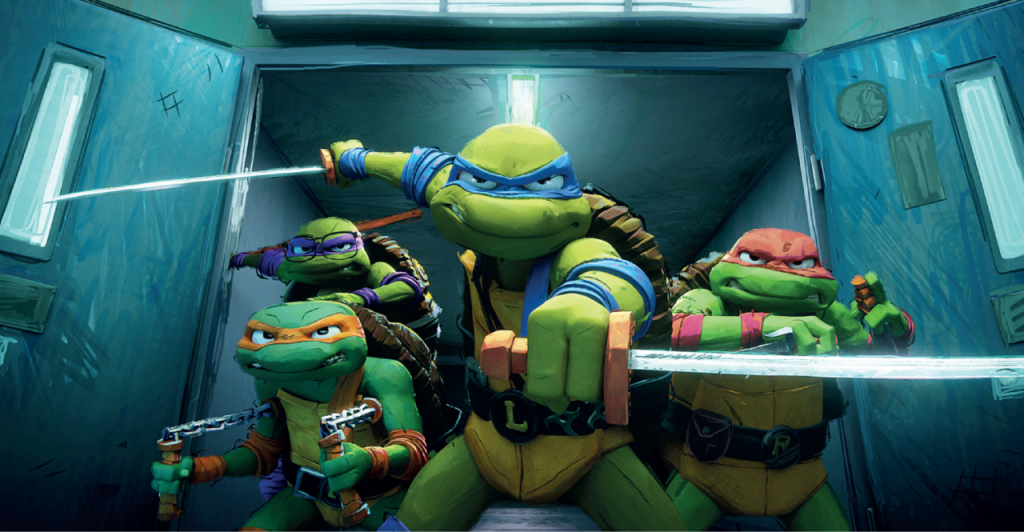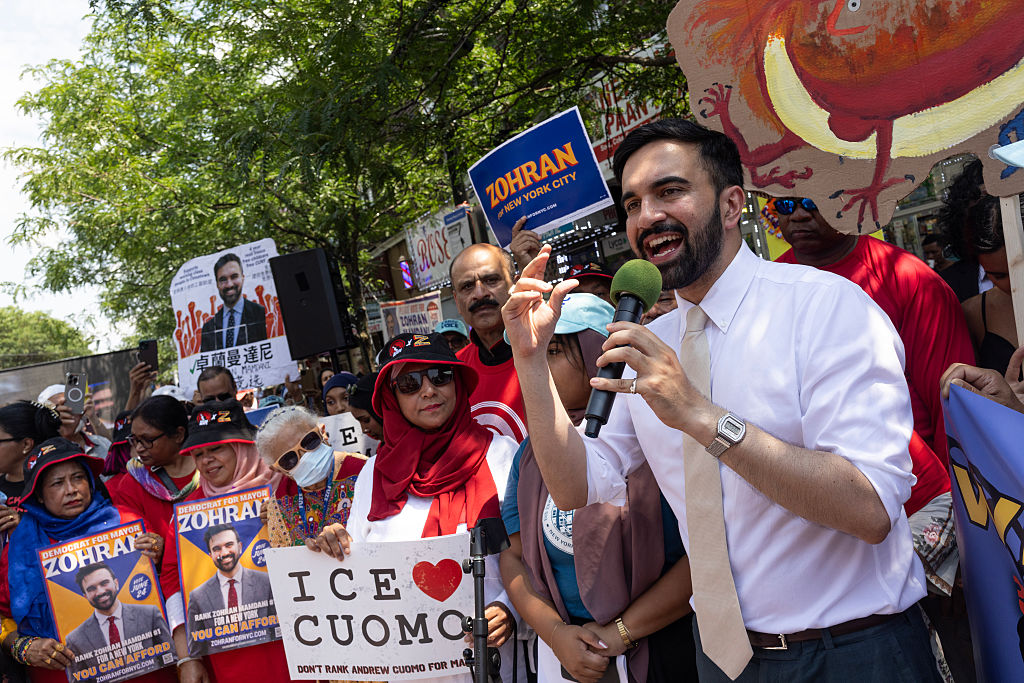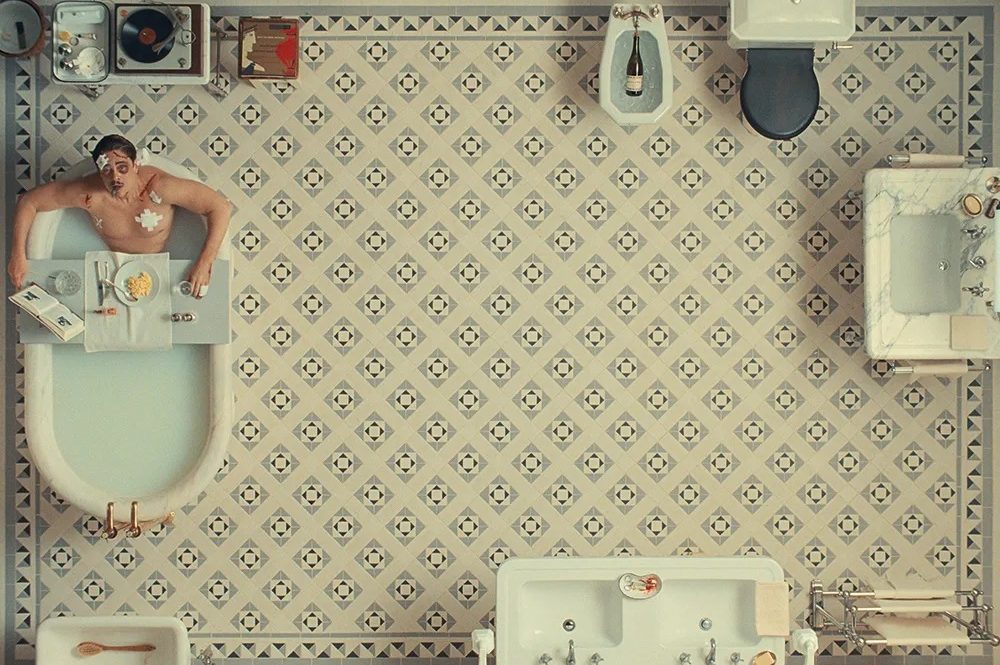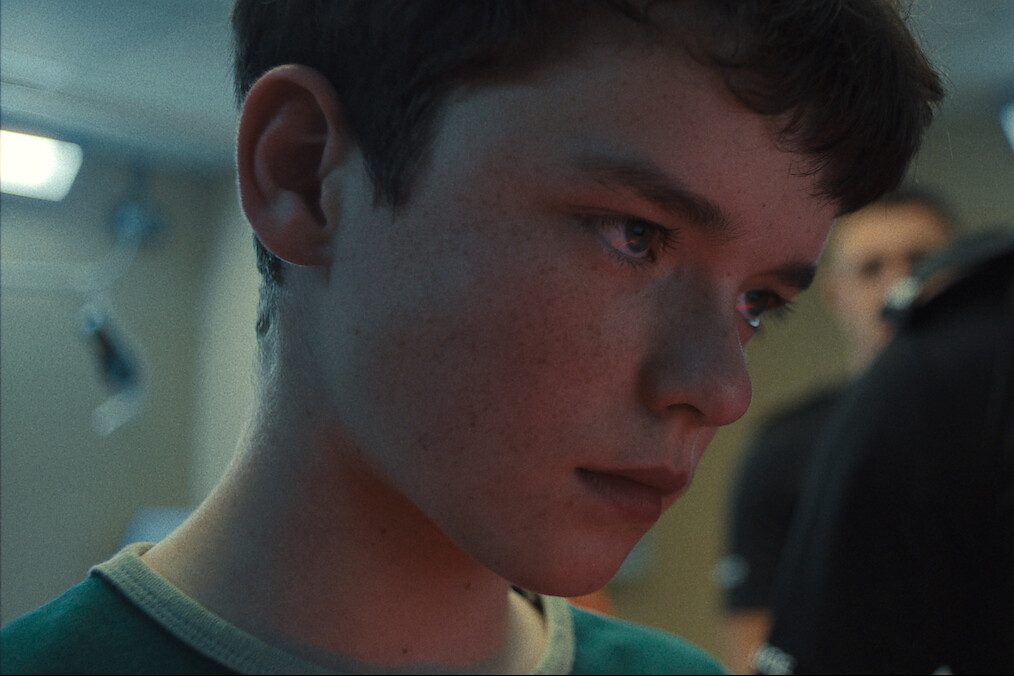Teenage Mutant Ninja Turtles began as a joke in 1984, a parody of the superhero culture of the time. It was originally a comic book but the stories have since expanded into toys, TV series and films, both animations and acted. The films have grossed more than a billion dollars and are likely to go on grossing down the generations of pre- and early teens. I am telling you all this because I have only just found out and I have never before seen any other TMNT products.
The latest — Mutant Mayhem — is an animated film. It is drawn in a style that suggests the animators were angry as they worked, perhaps because it is set, like all the stories, in an extremely dangerous New York City.
The turtles — Leonardo, Michelangelo, Donatello and Raphael — mutated into garrulous and ultra-violent teenagers after contact with something slimy in the city’s sewers. They speak a mix of the LA dialects of Surfer and Valley — kowabunga, their battle cry, is pure Surfer — and they have become earnest young defenders of all that is good in their city. Unfortunately quite a lot that is bad in the city also seems to mutate and the teens’ goal here is to defeat Superfly (voiced by rapper Ice Cube), who has mutated, first into a big vicious insect and then into a huge vicious insect.
From a mutant’s perspective, Superfly isn’t all bad, he is just on the hard right. Sure, he wants to exterminate all humans, but only to make a better world for mutants. He doesn’t understand why all mutants don’t agree. The turtles are soft left; they think they can make a deal with humanity and live together in peace.
This is, in fact, a back story. TMNT fans will already know all about this, including the wise but, in this version, irritating rat who brings up the crew. They call him “Dad.” The back story thing is archly acknowledged in the script. “Maybe this dude is part of our long tragic back story,” says one turtle when confronted with yet another mutant.
New York humans react badly to mutants. But one doesn’t. This is April, a nerdy-looking, big glasses wannabe journalist, whose career is held back by her habit of vomiting with anxiety in front of TV cameras. To the turtles she is a miracle in that she doesn’t run away screaming when she sees them, she just shrugs; this is after all New York. She turns out to be the key that unlocks the new world order.
All four turtles fall in love with her, becoming a bunch of goofy, aw-shucks teens in her presence. Very nice, but how…? No, I won’t go there.
April is the second-best character; all the others are a kind of blur, though perhaps not to TMNT cognoscenti. The best character is the city of New York.
As this was all dreamed up in the early 1980s, I assume the city in the 1970s had the sewers from which the mutants sprang. It was a dangerous place and I am told it is in decline once again. Superheroes — the turtles and others — emerge to save New York because it so obviously needs saving. Residents are terrified of what emerges from the darkness but turn into a grateful mob when it is the turtles who emerge from the sewers. April the Nerd has triumphed.
NYC is what gives the film its striking visual style. The dark, ruinous city vs the glow of hope that is four cuddlesome turtles from, of all places, the sewers.
But considered as cinematic art, Mutant Mayhem is pretty terrible. Like all action movies, it consists of a number of violent fighting scenes, punctuated by frequently comical plot scenes. But fight scenes must be clear enough to tell their own stories; in Mutant Mayhem they are just chaos. One of the first plot scenes shows how the turtles rob supermarkets. It’s quite funny and quite good, but the rest are just weak.
It’s not made for me, of course, it’s made for pre- and early teens and their parents. At this screening they seemed to be having a good time so, in fairness, I just murmur “kowabunga” as I sidle off into the urban chaos of London.
This article was originally published in The Spectator’s UK magazine. Subscribe to the World edition here.





















